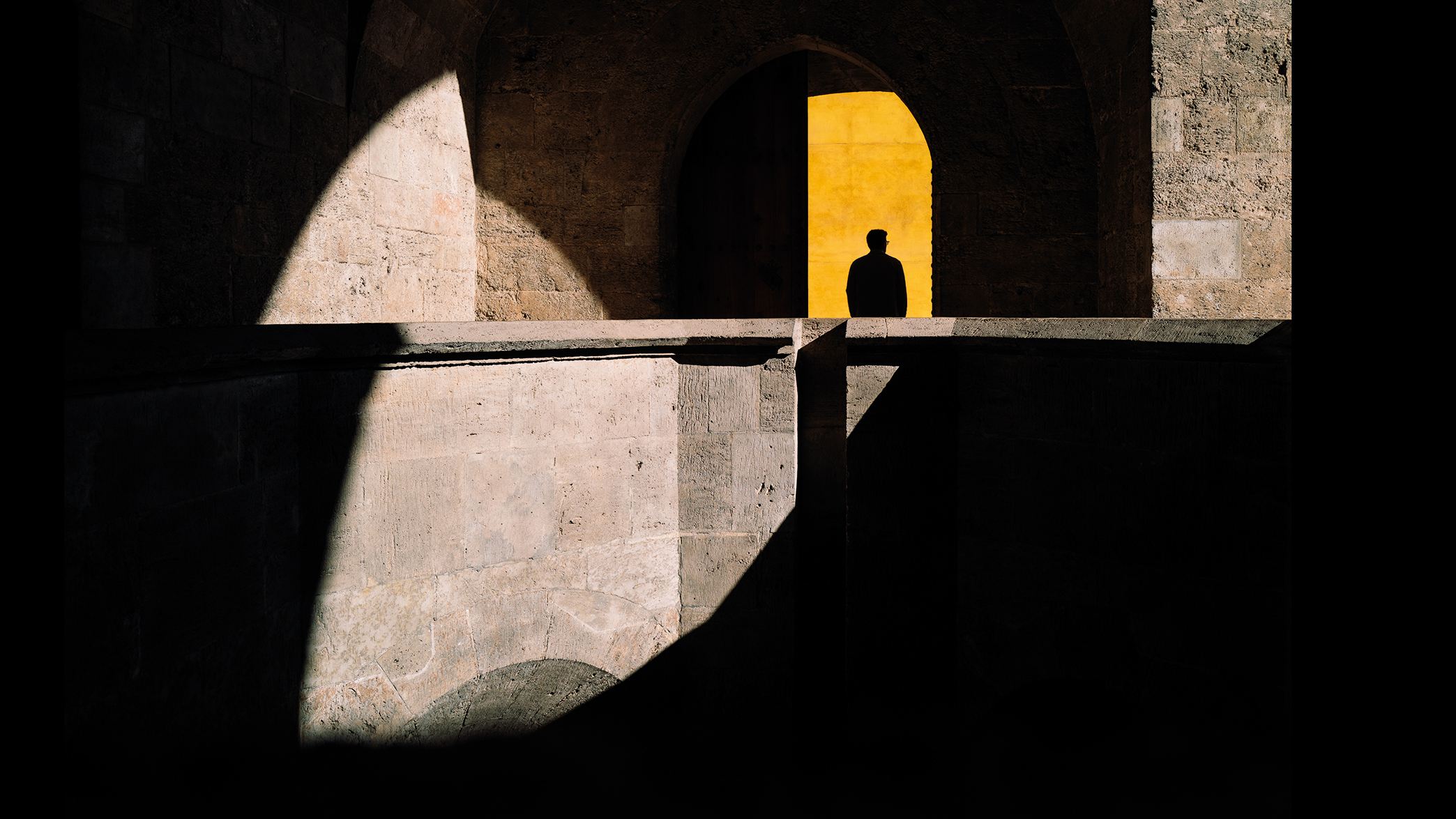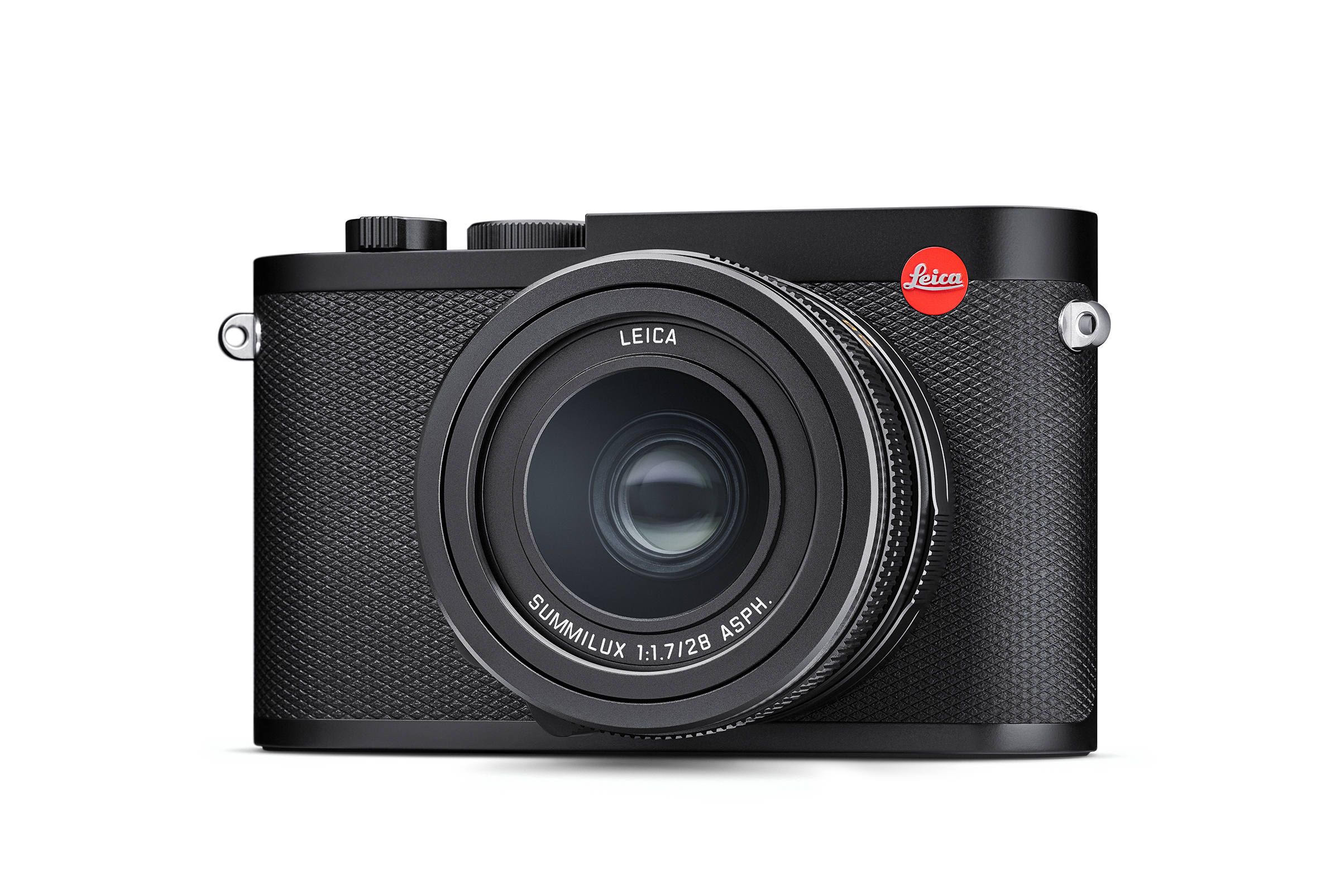
UK photographer Andy Nelson is primarily focusing on street and travel photography. He is a Leica shooter, and adds, "Some of my best photos are taken when simply being a tourist, that is why I love my Leica Q2. I don’t need to carry my heavy professional kit with me all day, and I can still take pro-quality photos. Compact cameras have a beautiful place in the world of photography!".
I had the pleasure of interviewing him about his work and analyzing his image 'Torres de Quart'. We discussed the techniques he used to capture the photo and why it works...
1. Subject = Success
Incorporating or excluding a subject significantly influences the success of a photograph, says Andy. "I took the same photo without the person… it wasn’t great. The image didn’t give a place for the eye to rest. In this image, the subject allows the eye to focus on an area of interest and adds an element of curiosity. I like that the silhouette overlaps the most vibrant area of the photo, doubling the emphasis on where the eye should land." The silhouette of the individual is rendered prominently, effectively obscuring the identity of the subject while retaining the viewer’s attention.
2. Playing by the rules
"The key area of the photo falls nicely into multiple rules of composition. It fits perfectly into the upper-right intersect of the rule of thirds, almost fits perfectly into the Fibonacci spiral, and sits on the shoulder of the golden ratio. The vertical brick line in the middle is perfectly aligned to the center vertical line; the horizontal brick line is on the upper line of the golden ratio," explains Andy. "In my naïve youth, I thought composition rules were ‘restrictive to the creative expression’. When I look back at my favorite photos, they all follow common composition rules, even my candid ones!"
- Rule of Thirds: use it and break it with confidence
- Golden ratio photography composition explained
- 6 ways to improve your composition
3. Strong sunlight
Harsh sunlight? Stop down and let contrast be your friend, says Andy. "To the naked eye, the shadows weren’t as deep, and the yellow wall was not as vibrant. To a camera set to its default exposure, the harsh sunlight blew out the highlights. I noticed interesting shapes from the strong sunlight being blocked off by the walls behind me, and set my preview exposure to -2 stops. It was only when I looked through the viewfinder that I saw the potential in the composition – the deep black shadows and vibrant highlights looked amazing!"
4. Color family
"I’m still new to the subtle art of color science, it’s something I aim to get better at this year," explains Andy. When he edits photographs, he uses color.adobe.com to find a color harmony that can balance the photo. He says, "This image has a monochromatic color harmony (yellow through to black). The original photo was well-balanced anyway, but I used Lightroom to remove some magenta and red creeping into the midtones. It’s a marginal gain that really helps improve quality by removing distractions."
Tech details

Camera and lens : Leica Q2 and Summilux 28mm 1:1.7/28 ASPH
Aperture: f/5.6
Shutter speed: 1/500 sec
ISO: 100
- See our guide to all the current full-frame compact cameras
- Leica Q2 vs Q3
- Actually, I DON'T think the Leica Q3 is a worthy upgrade to the Q2
- Leica Q2 Reporter review
- The best Leica Q2 price prices and deals
Others in the Why Shots Work series
- Urban street photographer reveals his candid capture secrets
- Photographer tells story of getting up close and personal with a python
- Discover four key elements that make this stunning photo a success
- The 4 photographic decisions that take this motorsport shot to the next level
- Photographer tells story of his amazing shot of wallabies fighting on the beach







